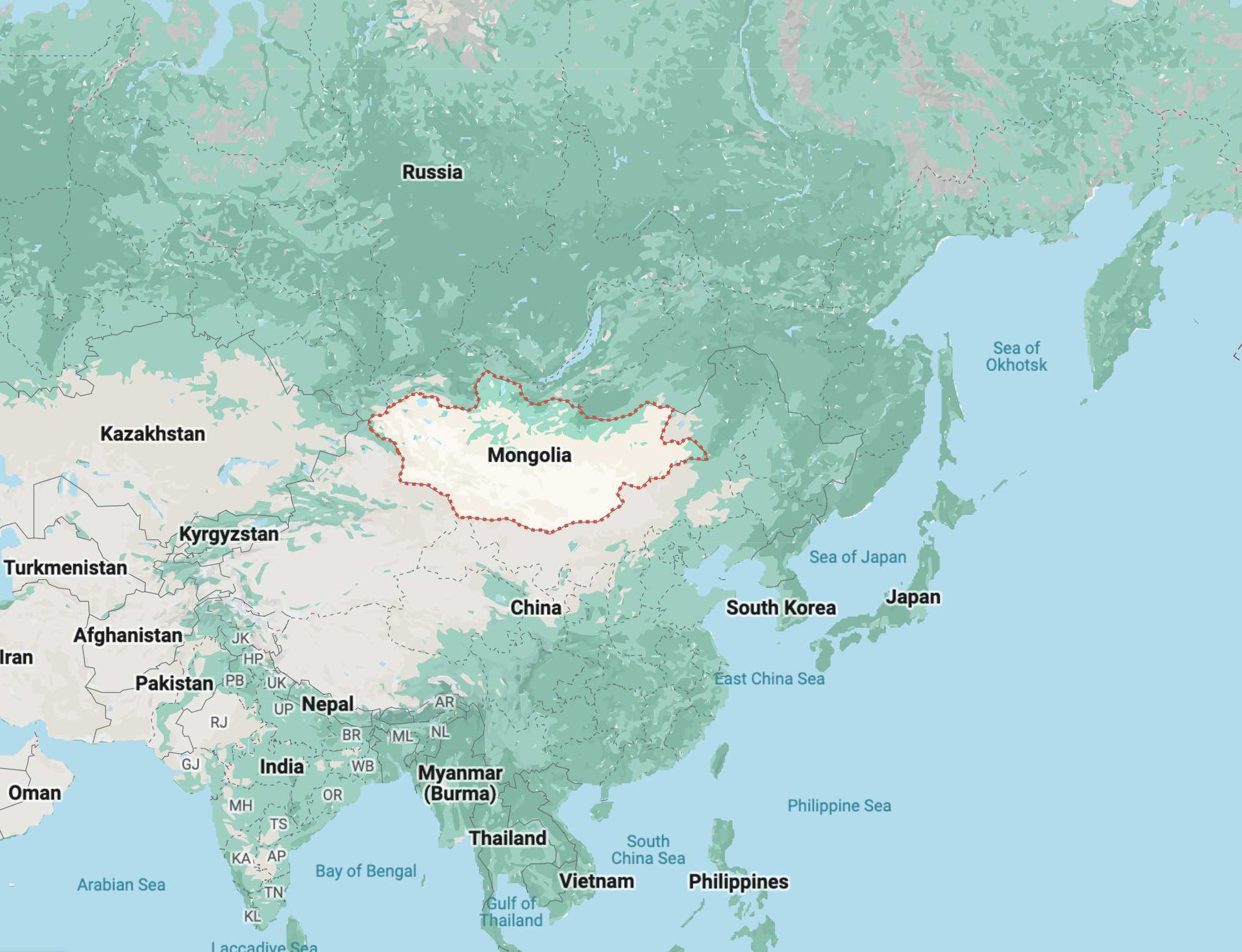Google to stop peering via route servers
Can one reach entire Indian routing table via NIXI?
Analysing impact of NTT & Cogent de-peering
Pakistan-Europe connectivity via China
Analysing Google Cloud routing tiers
Tour of Skytel IPTV Headend
Last month after the mnNOG 5 event in Mongolia, I got a chance to visit Skytel’s IPTV headend. Skytel is one of the large Mongolian operators doing mobile and fixed-line networks. Tour of network infrastructure is always interesting and this time it was not just IP but broadcast network over the IP which excited me. In past, I have visited datacenters, IXPs etc and those are mostly IP (layer 3) or ethernet (layer 2) networks. This was the first time a tour of the broadcast infrastructure. Special thanks to friends from Skytel especially my friend Tuvshuu from the IP broadcast network team for arranging this tour of this infrastructure.
Internet in Mongolia and CDNs
I have been in Ulaanbaatar, Mongolia for the last few days. This is my first travel to Mongolia and this far up in the North (except for previous travel to Russia in 2016 and some parts of Nordic areas in Europe). Geographically Mongolia is located between Russia (on the North side) and China (on the South side).

I am here for mnNOG 5 event. mnNOG is the Mongolian Network Operators Group. On Monday mnNOG conducted it’s 5th annual conference and it followed a five-day workshop. I am doing a workshop here on Network automation along with engineers from local networks. Mongolia is a landlocked country with no access to sea and hence no sub-sea cable. For the internet Mongolia relies on in-land fibre optic cables to connect to Russia and China. Though cables connect physically via Russia and China, I do not see Mongolian networks doing L3 termination in Russia or Mainland China. Instead, there is connectivity to Hong Kong, Singapore, Frankfurt etc. for the L3 connectivity. Interestingly due to it’s geographic location, a bit of China-Russia internet traffic exchange happens via Mongolia.
APNIC 56 - Kyoto, Japan
APNIC 56 is happening next month in Kyoto, Japan. This would be my third-time travel to Japan and besides meeting network operators around the region at the event, I will be doing a one-day tutorial on Network automation with Christoff Visser from IIJ research labs and Abdul Awal from APNIC. The agenda is similar to (though a subset) of network automation workshops I have done over the last few months across different events. Tutorial typically is a “view only” event where the audience would be presented with content in the form of slides, live terminal demo etc. It does not involve a hands-on workshop for the attendees as one day time won’t support that.
Distributed latency monitoring
For a while, I have been looking for a smokeping alternative for latency monitoring from different servers spread around. While smokeping has survived well over time, in 2023 it feels like an outdated package, with limited options, lacks federation etc. This post from Karan Sharma / Zerodha on “Monitoring my home network” was exciting. His setup included a telegraph agent on a local server, Prometheus to scrap data and Grafana to draw latency data. I explored doing the same but in a distributed manner a bunch of servers spread around. After some tries, I didn’t like Telegraf. Don’t get me wrong - it’s a good “agent” to run on Linux servers but is primarily designed assuming push target against a time series database like InfluxDB which created it. I am still exploring using it for a different use case (which is pulling SNMP data from switches).